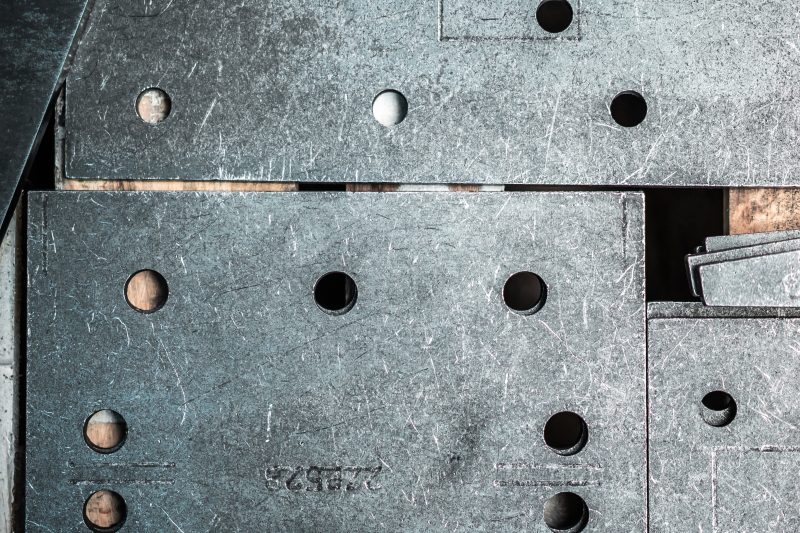General information
These fabricators represent a minority of steel fabrication companies. Companies are generally large enough to handle large volumes of orders, and are organized by department: administration, sales, purchasing, design, production, etc. The design and production departments can sometimes be grouped together in a single department. The design and production departments can sometimes be grouped together into a single department, so that the people who model are also those who produce in the workshop. On the other hand, projects are designed externally, so the design office essentially adapts the files received rather than creates them. The know-how of these fabricators lies in processing the parts requested. They must therefore offer a wide range of available tooling options to meet a wide variety of requirements. Invoicing is by weight and by tooling operation (different prices according to the complexity of the operation). Tack welding and welding stations are almost non-existent, as they are at their customers. They can offer certain surface treatments, such as painting or, more rarely, galvanizing. They can supplement their offer with delivery services to guarantee greater customer satisfaction. These companies produce parts for other steel fabricators, acting as subcontractors for them. They need to be reactive and meet deadlines, as their customers are often in a hurry to deliver their own projects. Flexibility is a major element of their organization.
Characteristics of projects
Service centers don't build buildings themselves. Their files can therefore come in many different formats. Standardization is therefore virtually non-existent. The
traceability standards they have to manage depend on their customers' standards, so they need to be able to manage them to gain access to certain orders. Service centers mainly process beams, angles, square tubes and plates.
Implications for fabrication
These fabricators produce parts that are fairly simple to fabricate, and with limited margins, which means they need to generate high volumes in order to make a profit. In this sense, optimizing the fabrication shop floor is a crucial element for them. First and foremost,
the link with the detailing office must be maximized. Indeed, their customers can send files from multiple modelling software, so they need to be able to manage a large number of these. Good integration with the design office is therefore crucial. Elements imported into the production management software can
be checked automatically, to ensure that there are no unfeasible (in terms of workshop capacity) or non-compliant parts to produce. Furthermore, service centers need to optimize their use of steel by methodically organizing their
stock and purchasing management: buying enough to achieve economies of scale when purchasing, and ensuring that they have the stocks they need for the day's production, while making sure that these fixed assets don't cost them too much money or take up too much space on their production sites. Inventory and purchasing management is all the more demanding as they have to manage the many different grades of steel that their customers may request. In addition, raw material utilization must be optimized with
section nesting and
plate nesting alogrithms to ensure that as little material as possible is wasted, especially given the unpredictable rise in steel prices in recent years. They also need to organize their production on a multi-business basis, so that parts from several different projects are nested within the same bars or sheets. Nesting must therefore offer flexible solutions. In addition, processing (sawing, drilling, punching, milling, shearing, marking, scribing, etc.) must be automated on reliable CNC machines, and driven by production management software to ensure
smooth, advanced and error-free programming, as well as
automatic progress monitoring to keep customers informed as required.
Shipments are less of a challenge than for other types of steel fabricators, as loads are generally small. On the other hand, they must be meticulously planned to meet their customers' demanding deadlines. Finally, production management software must be able to provide
visualization of a variety of performance indicators, so that service centers can verify the profitability over defined periods of their workshop, employees, etc.
